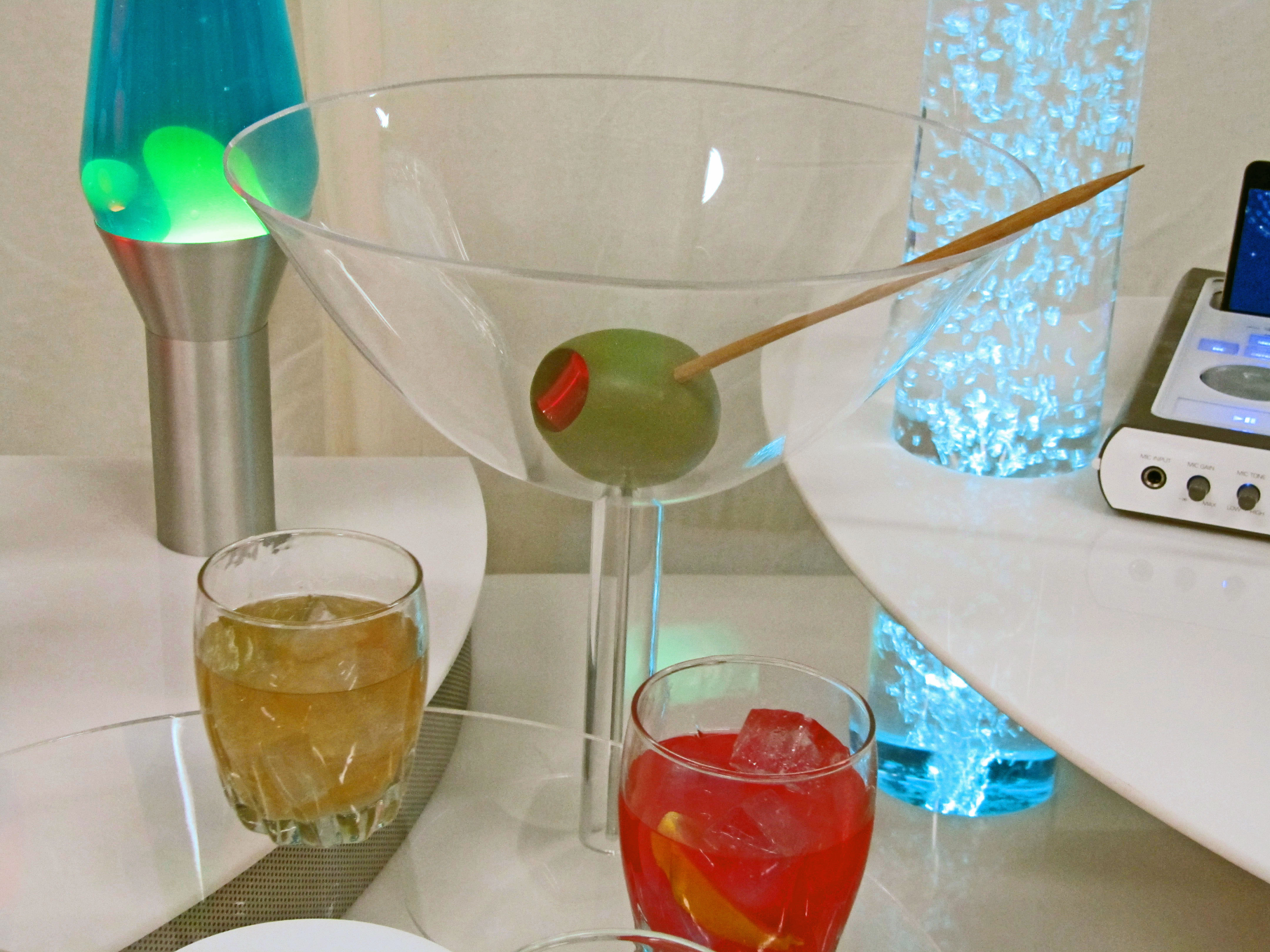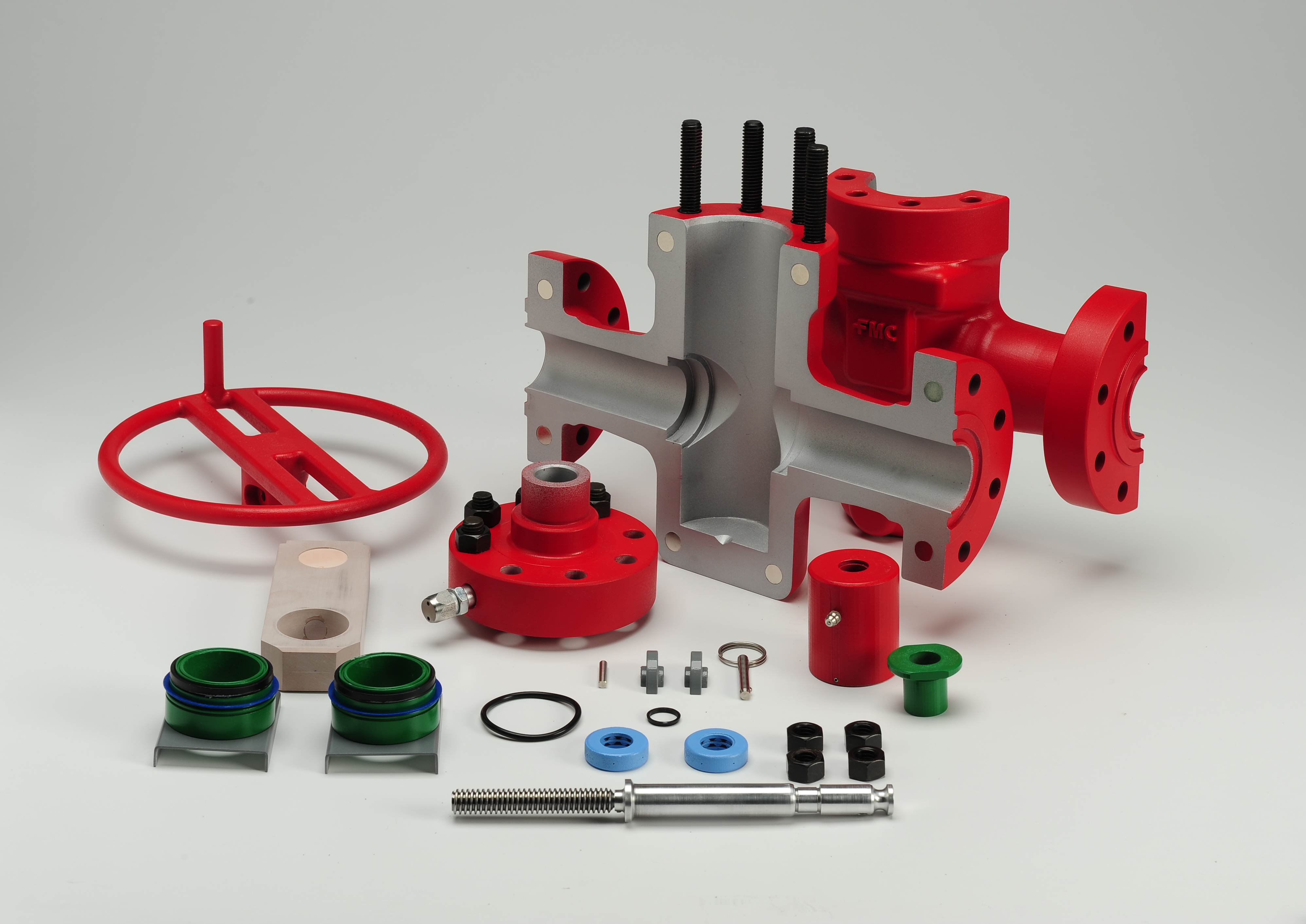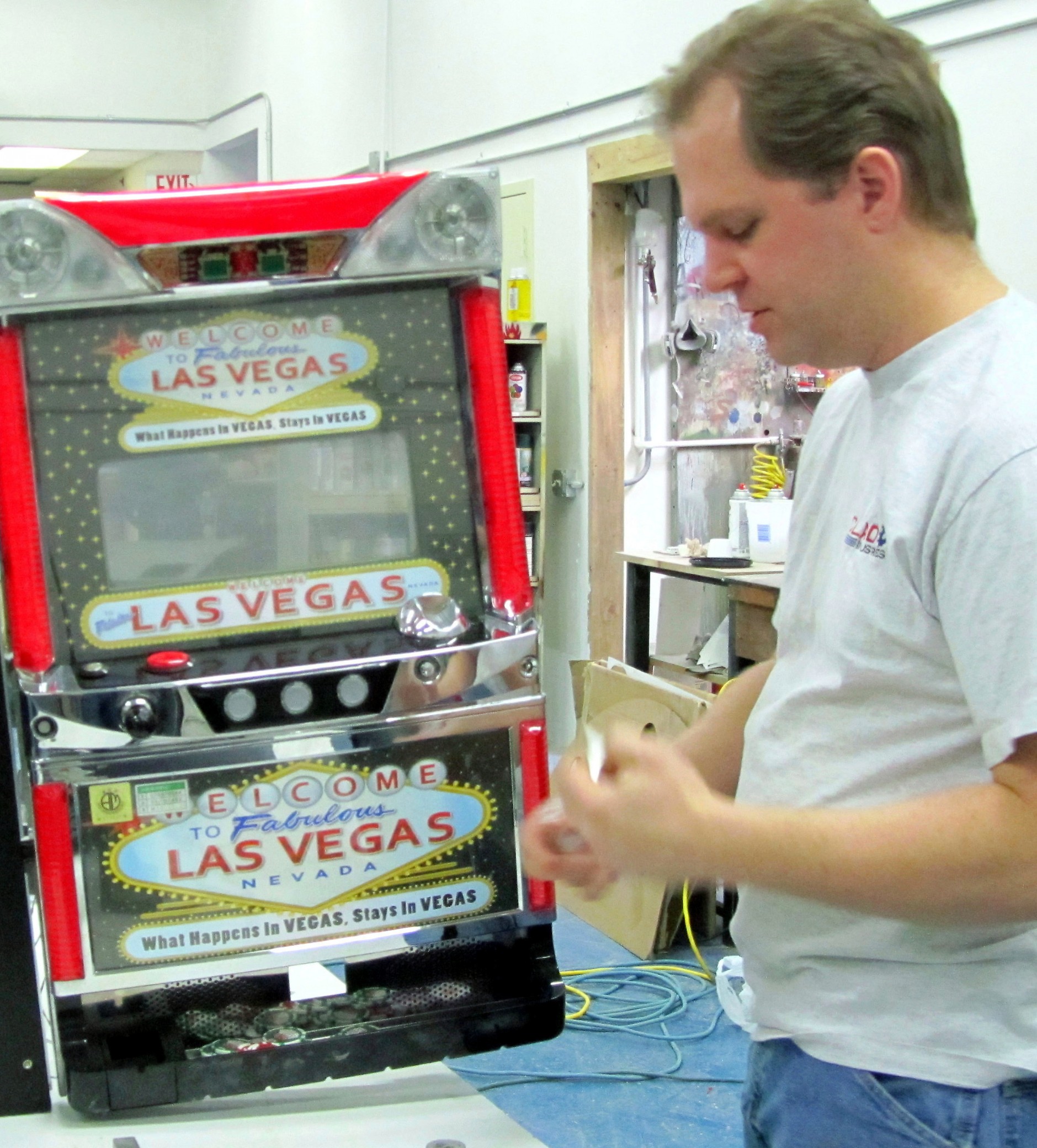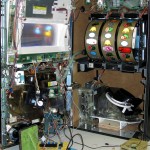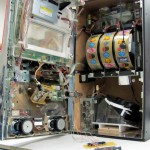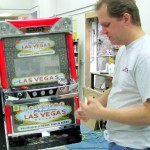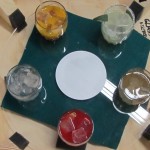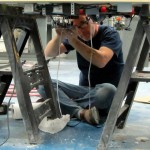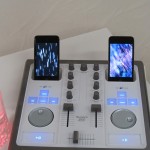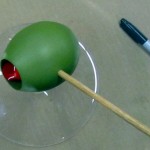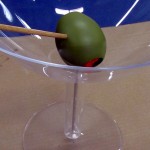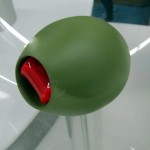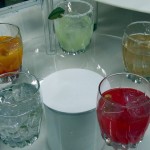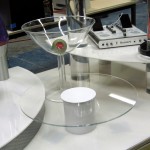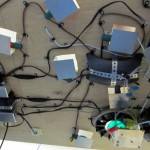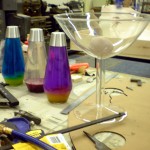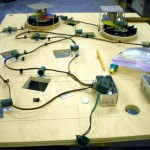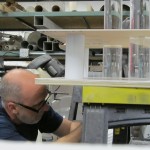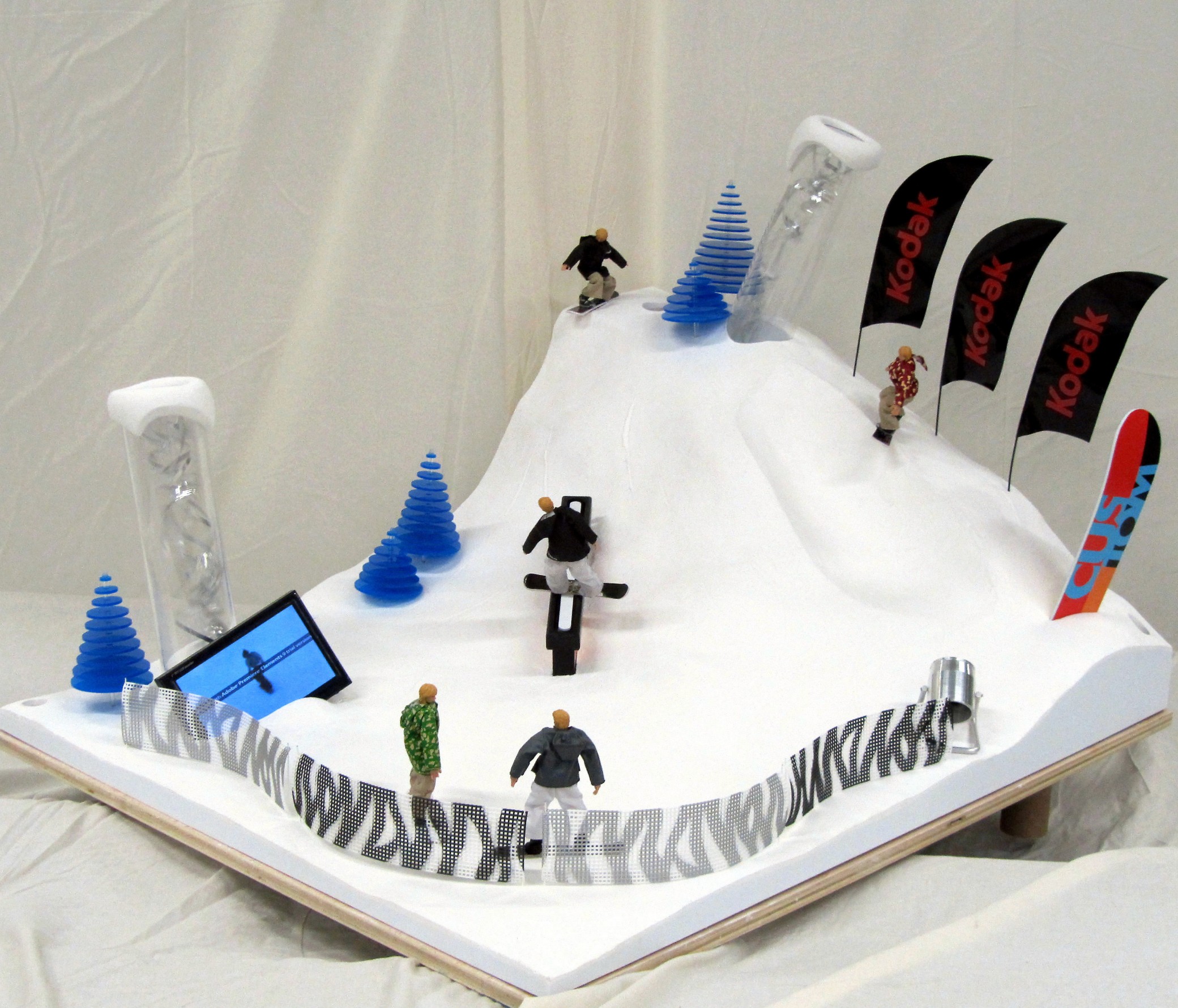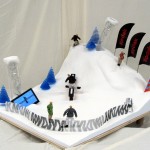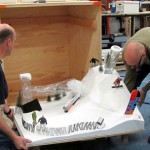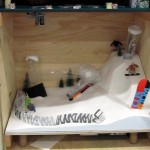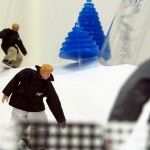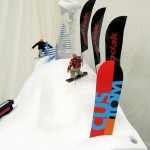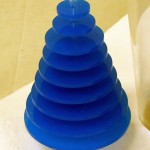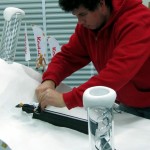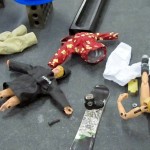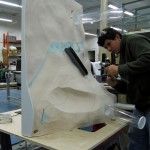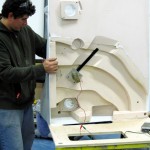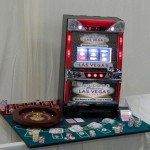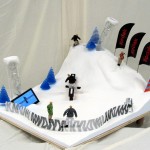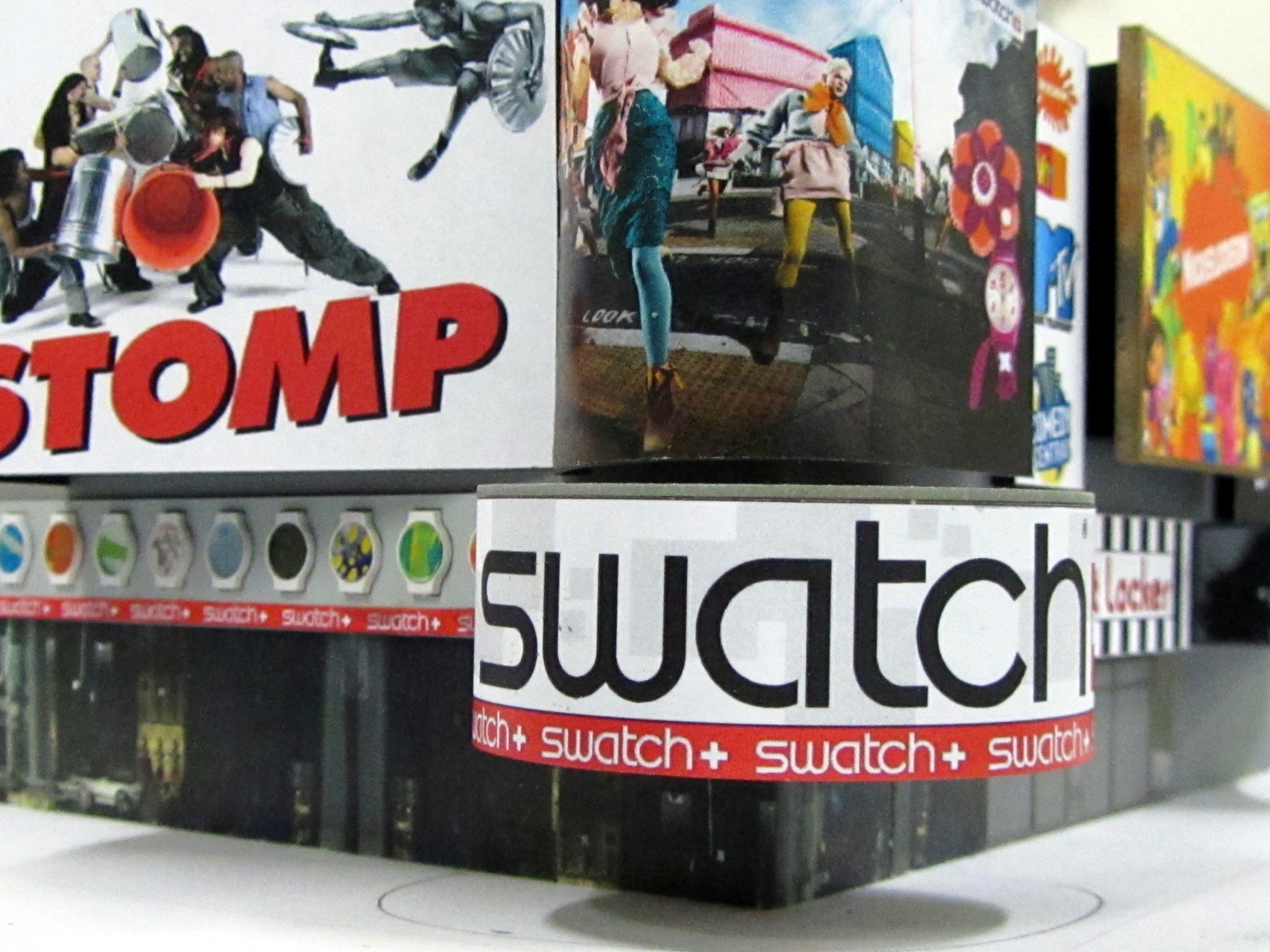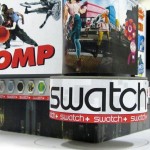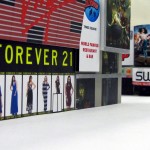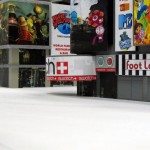KiwiMill recently completed a display model of a gene sequencing facility. This was an expedited project completed in less than a month and shipped directly to the American Society of Human Genetics trade show in Baltimore, Maryland.
The model was designed to show of the streamlined process of genetic sequencing our clients have created with their system. Robot arms are used to move genetic material from one machine to the next, eliminating unnecessary steps in the process.
The display model was built quickly and arrived on schedule to the trade show floor. There it was placed on a lit table, serving as a center point to our client’s booth design.
Materials used included 3D printed parts, machinist board and sheet plastics. Both models fit in one Pelican case for ease of transportation. A second model is being built concurrently to reside at the corporate headquarters.
Here is a picture of the model at the trade show taken by camera phone. Look for more pictures of this project soon – and others like it – on our website portfolio, under trade show models.


